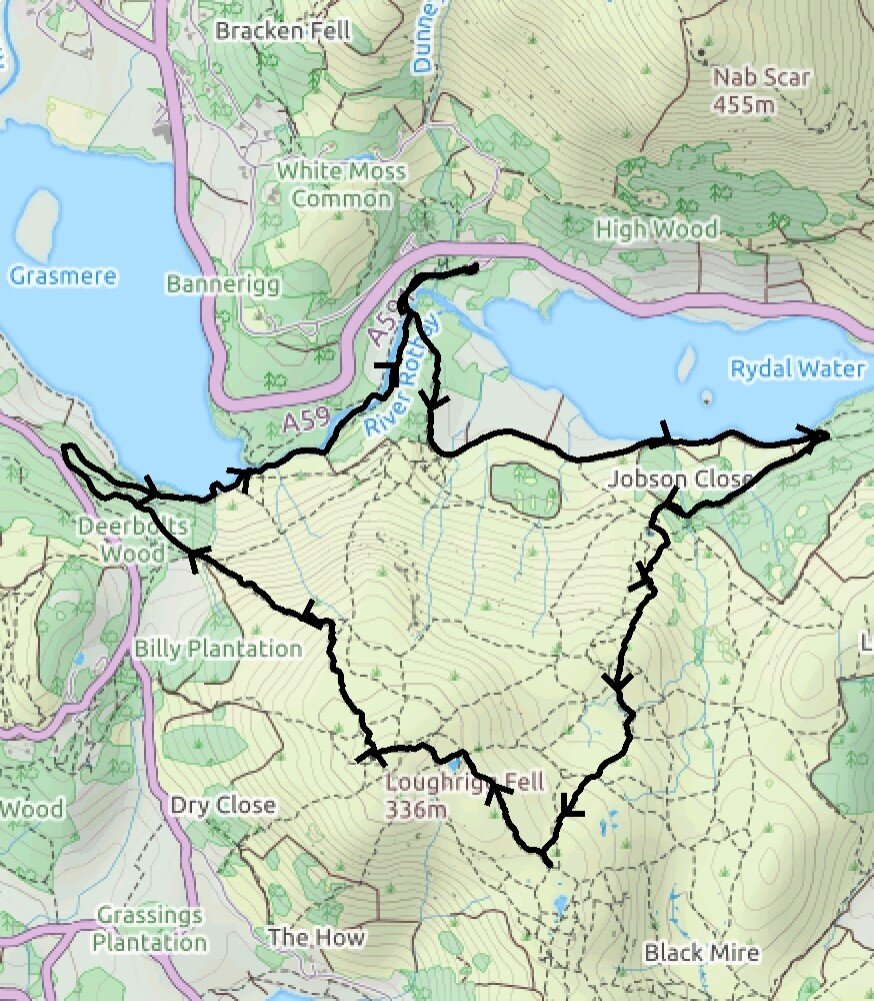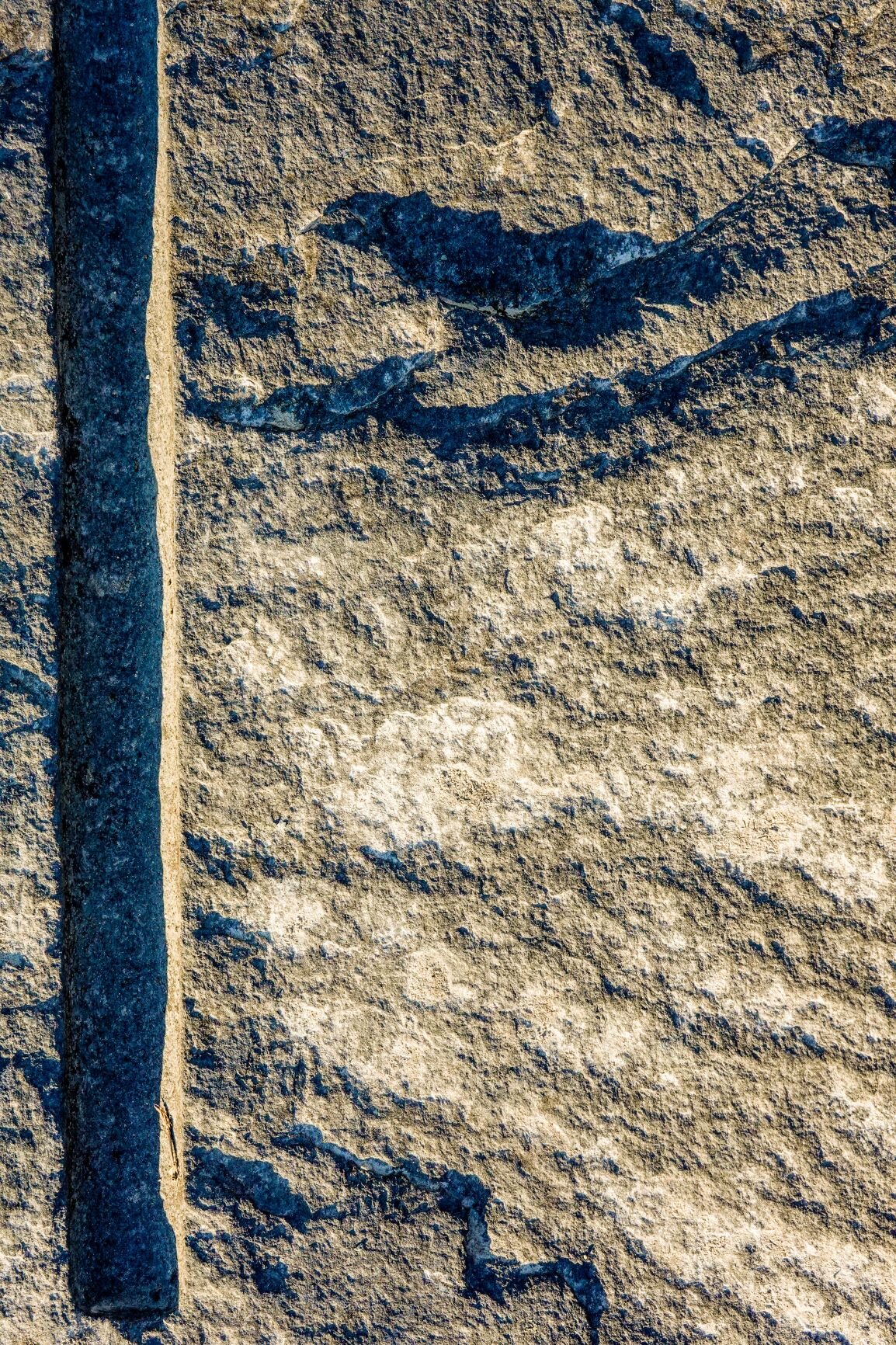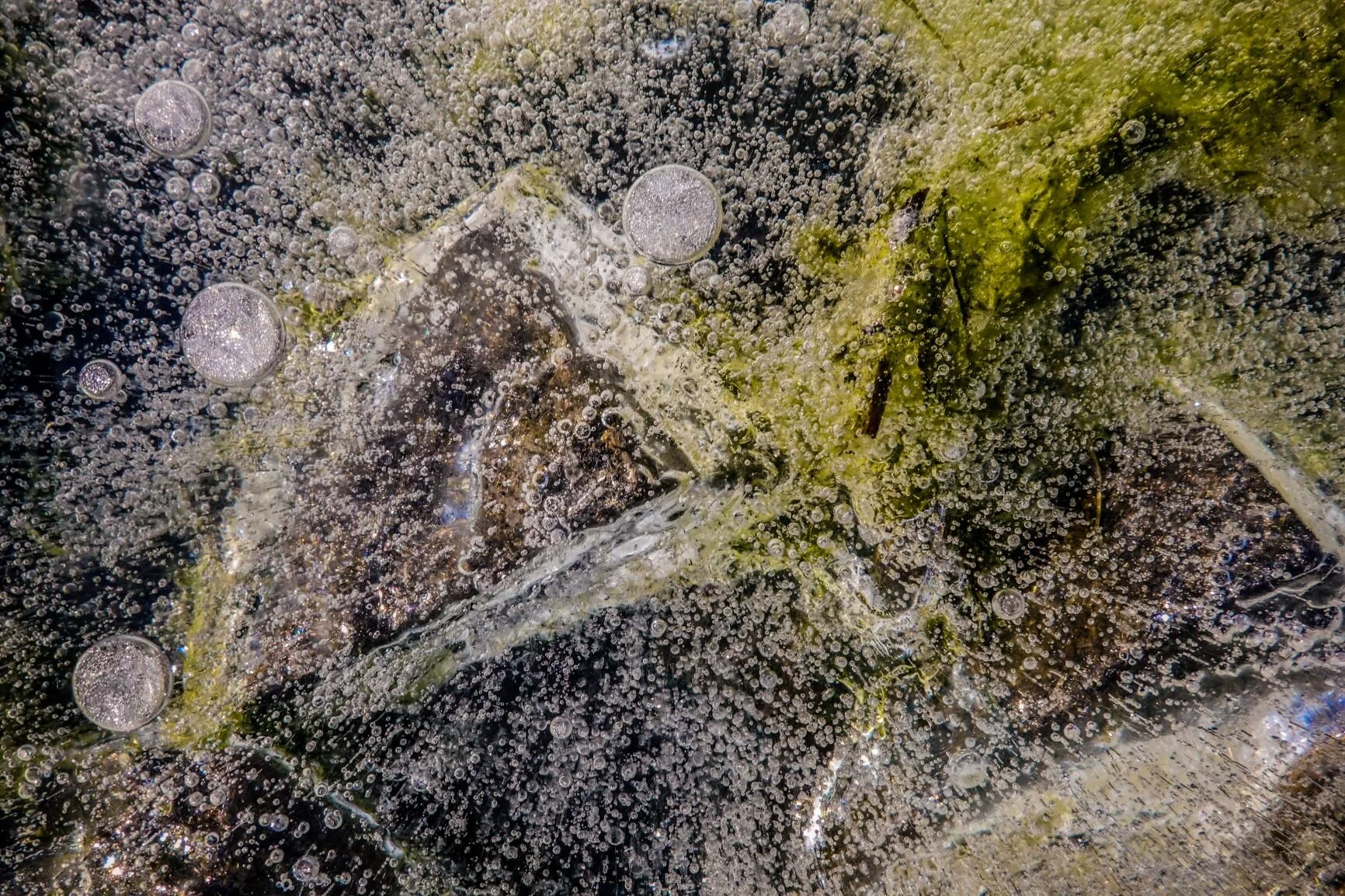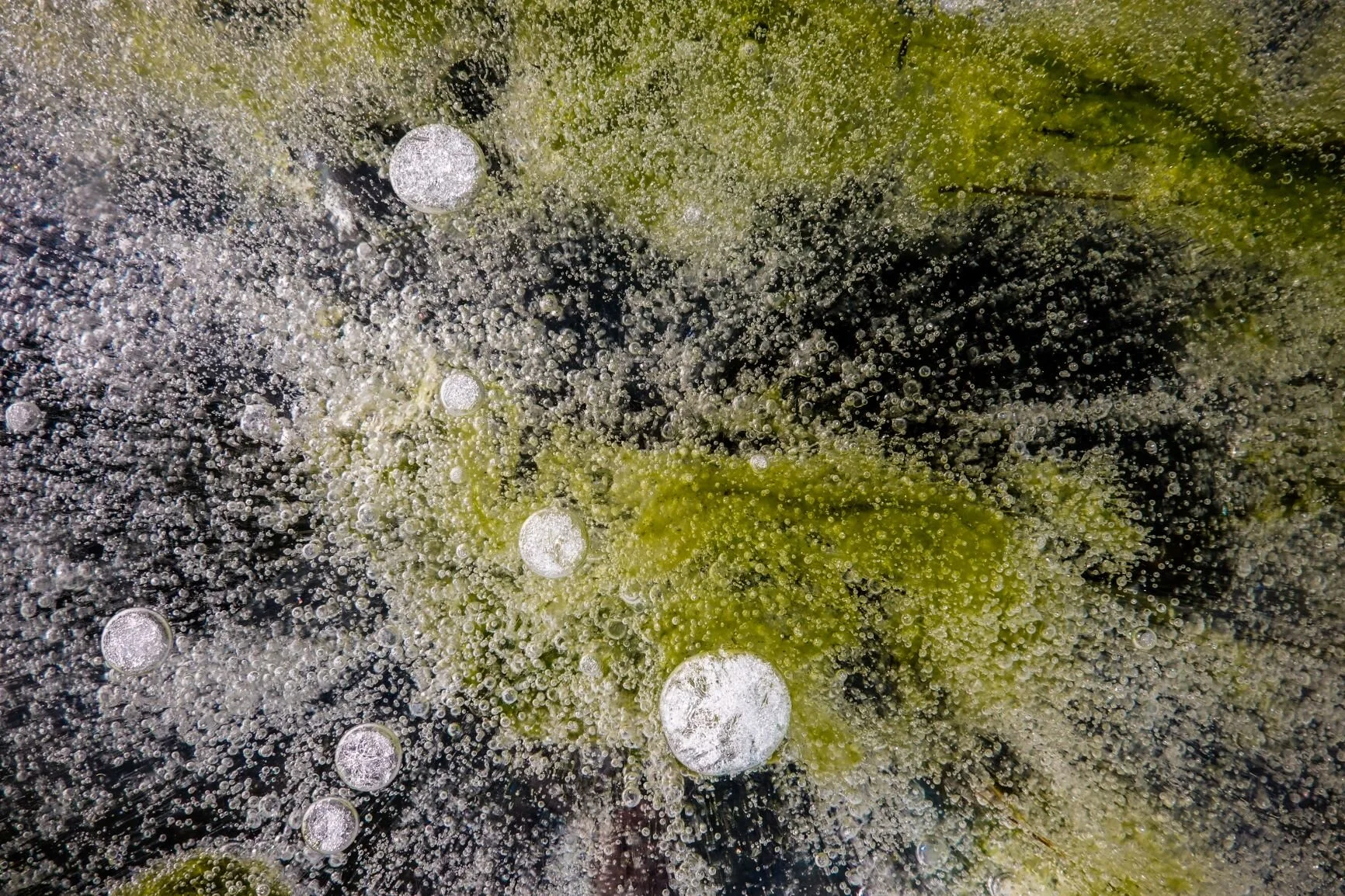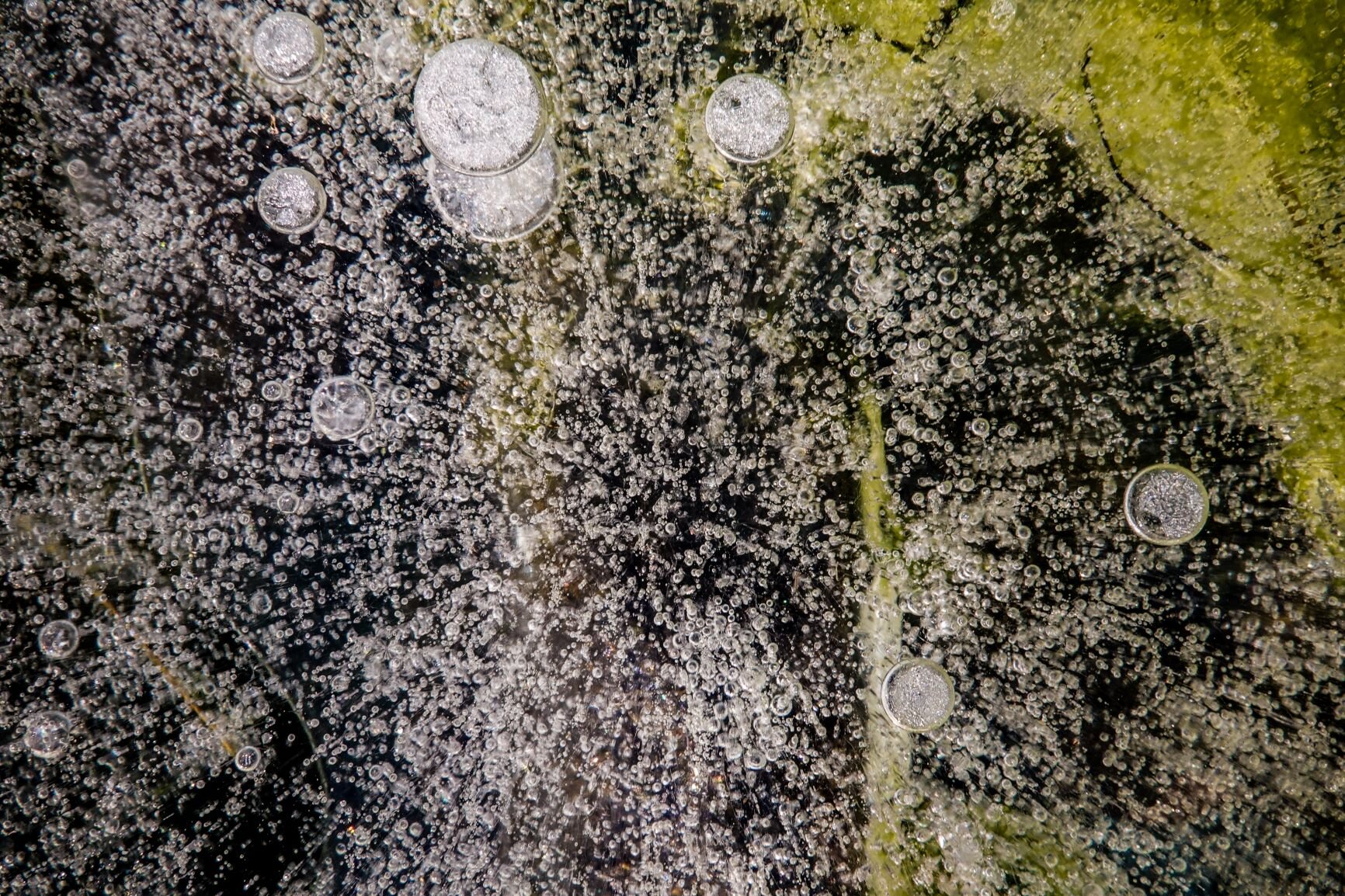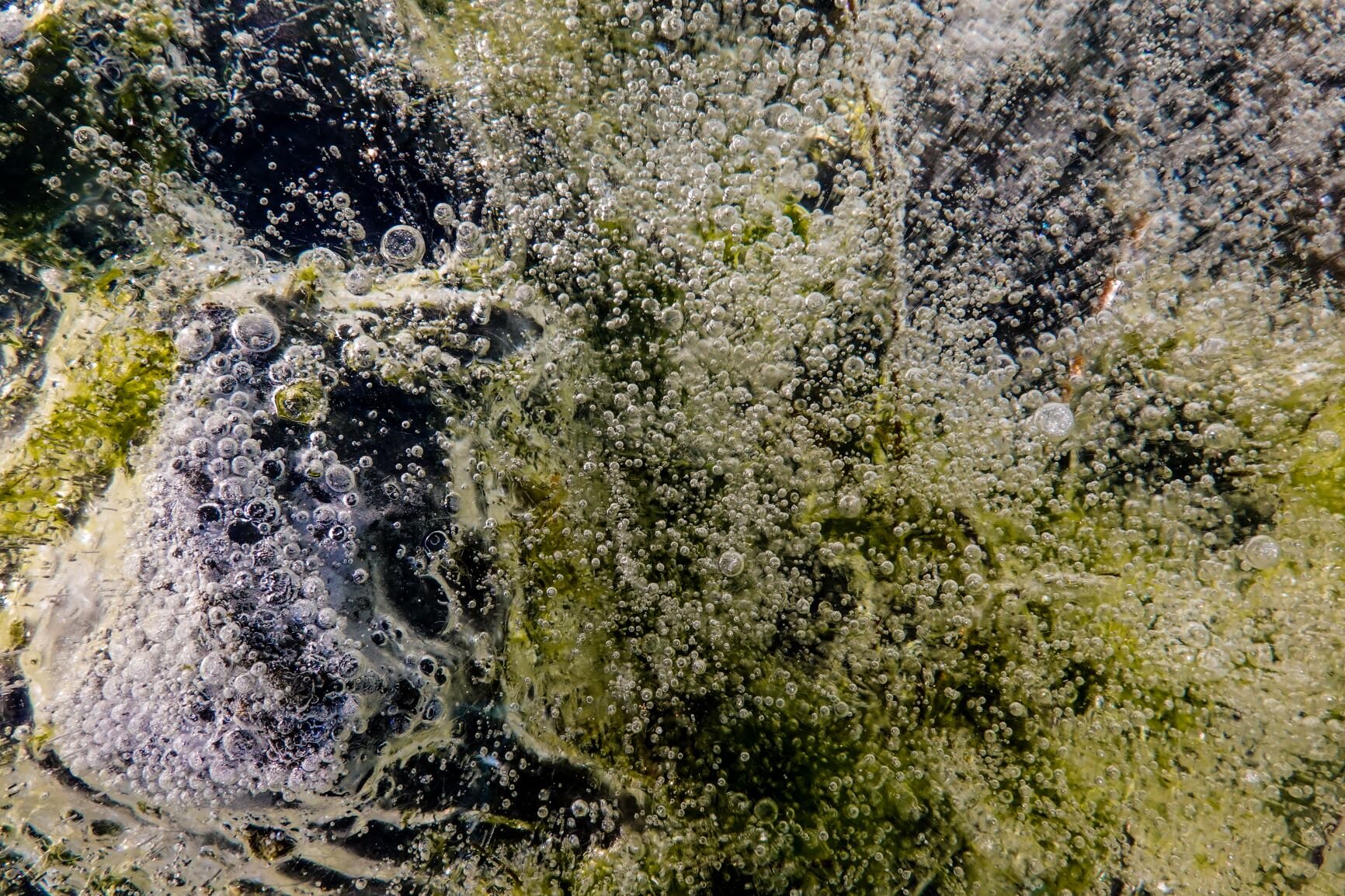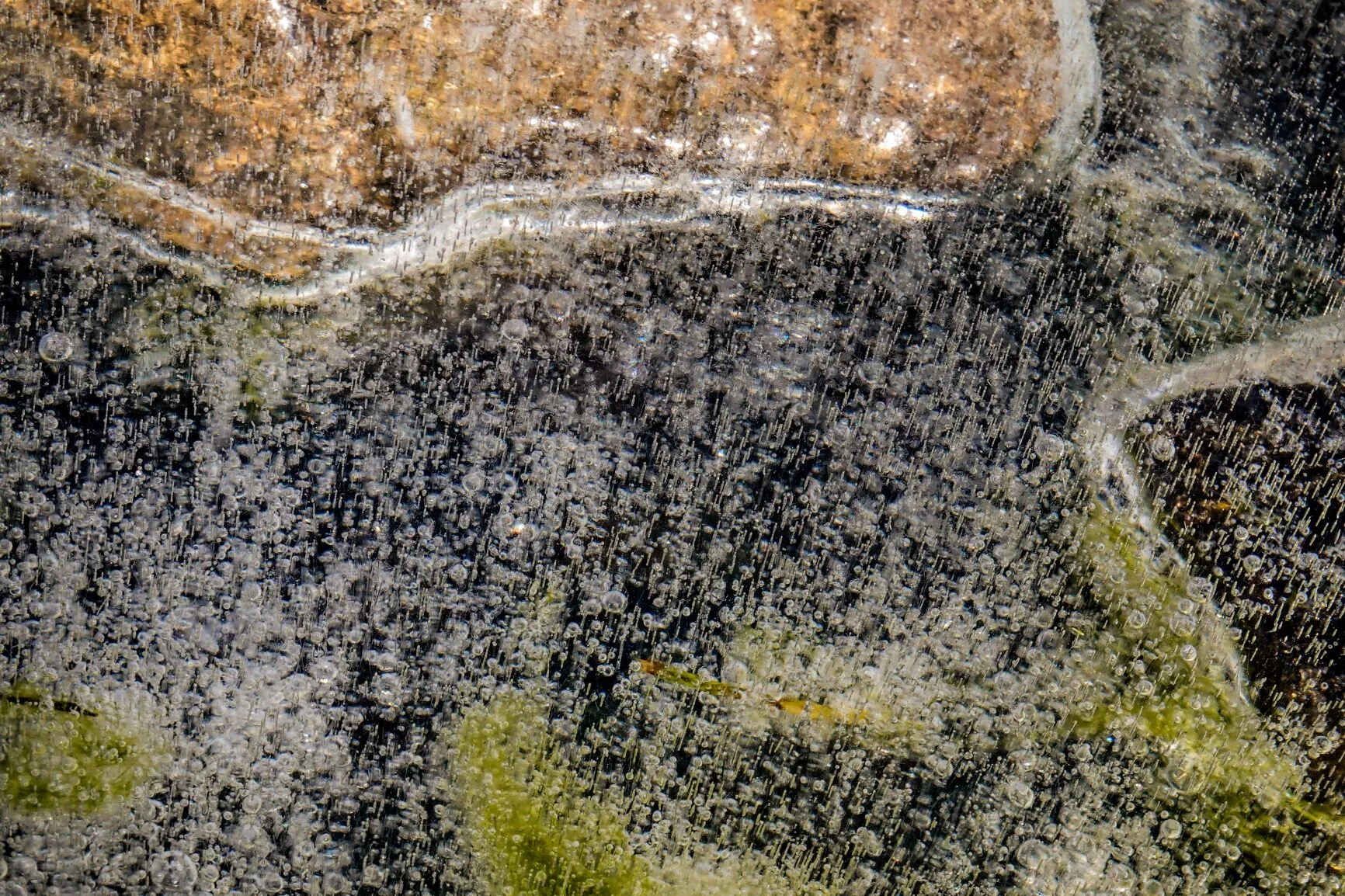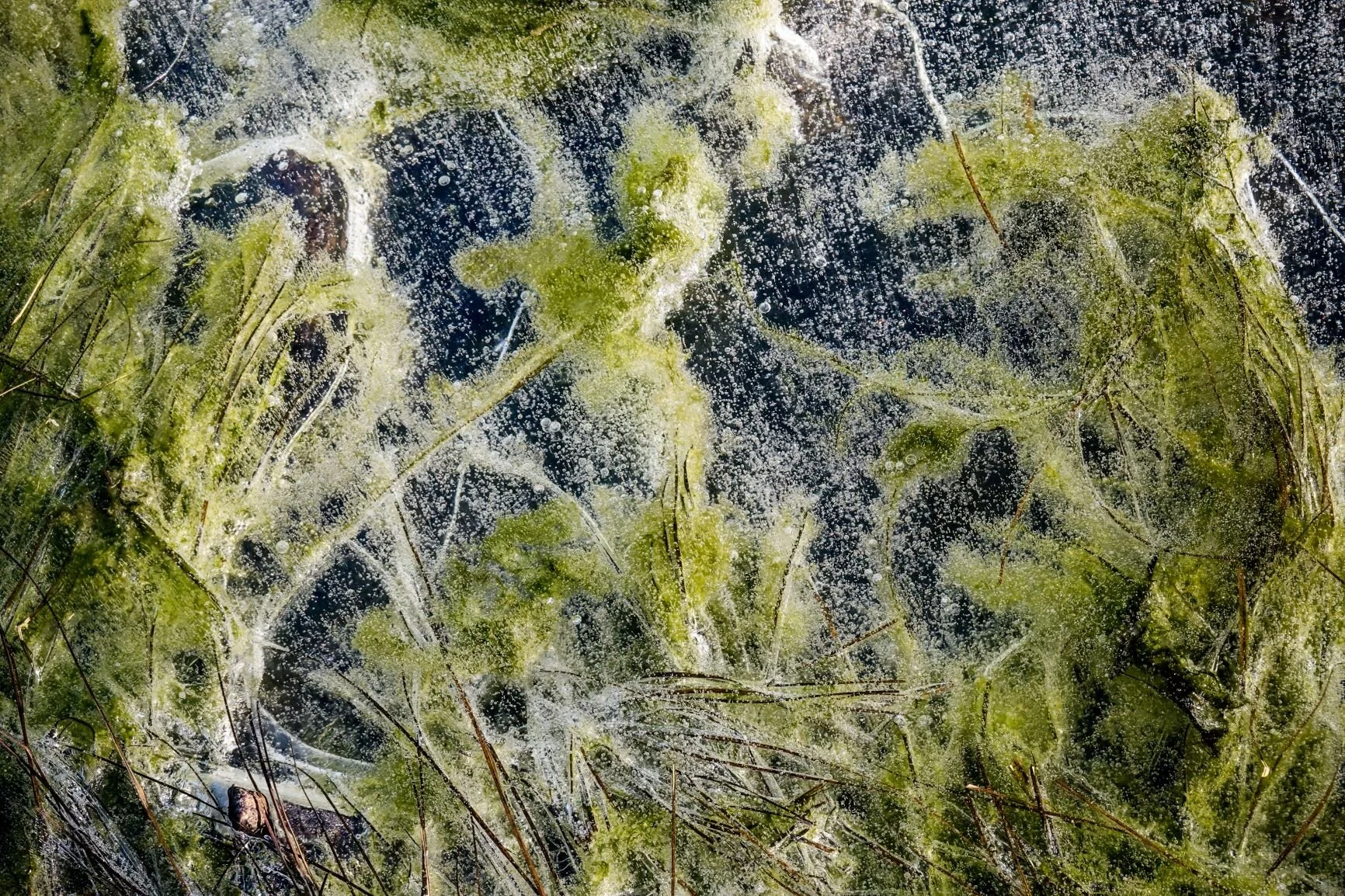Abstract matters #2: Loughrigg Fell, Grasmere
Aim of the experiment
To celebrate and explore the infinite potential and possibilities of the world we live in through engagement with its raw creative matter - its patterns, textures, lines and designs - understood as abstraction.
This is a more accessible route alternative to Abstract Matters #1: Borrowdale.
Background
In my introduction to this project (see About page), I outline some of the theories behind Scree. Amongst these is the idea that rather than us (and everything else in the world) being pre-existent entities which interact, we might more accurately be understood as existing only as a result of our relationships with others. Yet if this is the case, as a friend once asked me, then what does come before? And my answer is abstraction (an answer that took me a few years…!) Agreed, this is a slightly abstract answer in its own right, but what I refer to is very specific: that raw state of unrealised matter / emotion / ideas from which the world comes into concrete being, which this experiment sets out to ‘find’ in the world, in its patterns, textures, lines and micro and macro states (ie moments which resemble what we might think of as abstract art). I’ve always found abstract art energising; equally I suggest here that the ‘matter’ this experiment seeks out is filled with both energy and possibility which finds expression in the world we know. My own experiments in seeking out such matter has helped me better make sense of the world in a constant state of emergence, retreat and re-emergence. And perhaps, if we can see the world as fluidly as this, then we might set about playing our part in its ongoing creation with more attention and care…?
The ideas behind this exercise are admittedly complex, and might be beyond some younger participants. Yet during my own explorations of these ideas with children, they have responded really well to seeking out the patterns and textures involved, and asking them to imagine: this is the raw material from which the world is formed, then what kind of world might we like to participate in making with this energy (and who will that make us)?
Route instructions
Click on the image to open an interactive version of the map on Viewranger,
or you can download the GPX file of my route here. (© OpenStreetMap contributors)
This experiment can actually be completed on any walk, anywhere. However, Loughrigg Fell, with its huge variety of features (lakes, tarns, woods, open fell, streams, caves) is ideally suited to providing the kinds of textures and patterns you will be seeking out.
Route grading: Easy (4.7 miles, 1,343 feet of ascent)
Accessible alternative: two accessible routes of different gradings are also available from White Moss Car Park, both of which are ideally suited to completing this experiment. See the National Park Authority’s Miles Without Stiles website for details: Route 9: (0.8 - 1.4 miles), Route 45 (2 miles).
Location: start at White Moss car park (here on google maps), halfway between Ambleside and Grasmere off the A591. There is also a car park 200m further north, on the opposite side of the road, but this involves a major road crossing to reach the paths, which might not be suitable for those in wheelchairs / pushing buggies or with young children.
Route adaptation for walk-from-home
As above, this route can actually be done on any walk; even urban and built-up environments can provide a really interesting context to explore these ideas.
I’ve often found the sky to be one of the most interesting ‘places’ to explore (also because it’s both material and immaterial both at once, and rarely entirely unchanging / static).
But water, ice, plant growth on rocks, patterns in the earth or mud…all of the above can be found in the widest range of places during your walk-from-home.
Writing & Art Ideas, & Virtual Alternatives
Writing & Art
For this experiment, I propose a hybrid approach, combining writing with art. This exercise shares much with the experiment in Abstract Matters #1, but instead of exploring lots of abstract emotional states, this time you are to explore just one. On your walk, seek out instances of abstract matter - in textures, patterns, lines, or micro or macro images which you find along your way - which resemble what we’d expect from an abstract work of art. Either photograph these, or draw or paint them. Back home, these images are to provide the starting point for a piece of writing exploring / expanding upon one abstract noun. When I came home after my walk, had reflected upon it and scrolled through my photographs, I had a strong sense of ‘comfort’ (possibly because I’d gone out on a warmer, sunnier day, during a bitter wintry spell, but also because Grasmere seems really civilised compared to the north Lake District landscapes I’m more accustomed to!) This abstract noun became the starting point for the poem below. While writing, you have at least two different strategies you might use: (1) identify objective correlatives (concrete sense impressions) for this abstraction, or (2) allow your thoughts to go on an entirely abstract wander, which struggles to find reference at all apart from in language. Combine this writing with your choice of images from the walk.
Virtual exercise
I’ve provided four different images from my own walk below (click on the images to open a larger version). Choose one, and ask: what abstract noun do they make you think of? And why? Write down as many notes as you can, and then set this aside and commence on a piece of free / automatic writing (see here for an explanation of freewriting).Alternatively, it might be interesting to explore the relationship between any of these images and actual abstract works of art. Do any of the below images remind you of an abstract painting or sculpture? How does making this connection expand both your appreciation of the original work and your appreciation of this ‘raw matter’, and what is the relationship between them? How can you explore your answers to the above in a piece of writing?
Or else you could start out from an actual abstract work of art (yours or someone else’s). Imagine if this image were located in the landscape - where would you find it, and what might it become? Either make a new work of visual art which places this image in the landscape, or else use this as the starting point to let your imagination rip in a piece of writing.
My poetry
I’ve pasted my poem below, but it might be more effective still to listen to it while watching the slide show of images that follows.
Words like a certain softness to sunshine
Loughrigg, Feb 2021
Tried to touch the sunshine
nowhere everywhere
and a nothing everything
turned out all at once.
Where were we?
Mainly speaking mainly
sparkling millimetre perfect.
Ice is frozen water.
Yet in water, ice undoes itself.
The tarnwater shone with liberated sunshine.
The valley river was breathless and running
and the trees barely recognized themselves –
in and of ourselves.
I didn’t choose to share my enjoyment
of this ease of landscape. Comfortable
comfort hints of Spring.
I said hello. Over and over and over.
